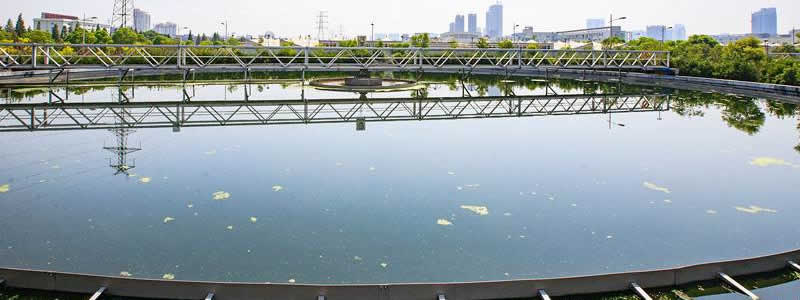
ION EXCHANGE RESIN selection and precautions
Selection and precautions of an ION EXCHANGE RESIN
Presently, the commonly used IX RESIN models are, gel type: 001X7,111,201X7,301; macroporous type: D001, D111, D201, D301
In the design of ion exchange water treatment, ion exchange resin should be selected following technical and economic considerations, including raw water quality, effluent quality requirements, performance of resin and ion exchange equipments.
1). Exchange capacity
The greater the resin exchange capacity, the more ions it can exchange and the more water it can treat. Generally, among ion exchange resins (such as styrene resin) composed of the same type of skeleton, the exchange capacity of weak resin is greater than that of strong resin, but the mechanical strength of weak resin is generally poor.
In addition, with the decrease of crosslinking degree, the exchange capacity increases but the mechanical strength decreases, which will lead to premature loss of resin. Therefore, the resin for water treatment should not only select high exchange capacity as much as possible, but also have sufficient mechanical strength.
2). Quality of raw water(influent)
The quality of raw water (influent) is related to the properties of ions to be removed. Therefore, it is very important to select resin according to the quality of raw water.
When the cations with strong exchange adsorption (Fe3+, Al3+, Ca2+, Mg2+) need to be removed, the strong acid and weak acid cation resins both have strong exchange capacity, but the selection of weak acid cation exchange resin is more economical and reasonable, because its exchange volume is large, it is easier to regenerate by acid. For example, in softened water treatment, if the carbonate hardness of water is large (especially alkaline water), weak acid cation exchange resin should be selected.
If it is necessary to remove cations (K+, Na+) and anions (HCO3-, HSiO3-) with weak adsorption, strong acid or strong alkaline resin must be selected.
When treating water with high hardness or high salt content, it should be treated with weak acid (or weak alkaline) resin first, and then treated with strong acid (or strong alkaline) resin, which is an economic and reasonable choice.
If the raw water contains more organic matter, macroporous resin with good oxidation resistance and high mechanical strength shall be selected.
3). water quality requirements for effluent
In softened water treatment, it can be used in combination with strong acid cation and weak acid resin.
In demineralized water treatment, strong resin must be selected to remove ions with weak exchange and adsorption capacity, or strong resin combinatied with weak resin.
4) . type of water treatment equipment
Different equipment asks different resins. For example, flowing bed and moving bed require wear-resistant and high mechanical strength resin.
Keywords: Ion exchange resin, IX resin, cation exchange resin, anion exchange resin
For more details or Inquiry, please contact us TIAN@CHEM.NET.
 Previous
Previous  Next
Next Get answers and advice from people you want it from.